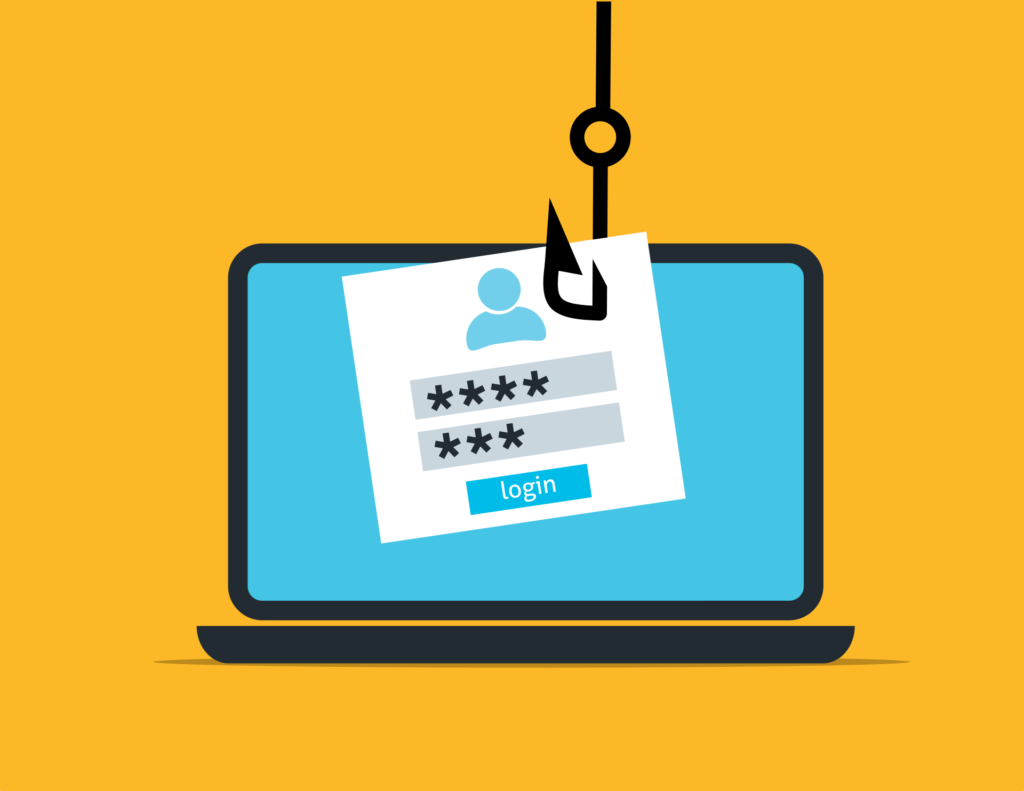Office 2013. What’s The Fuss?
Office 2013 is the latest refresh of Microsoft’s standardized Office suite. The latest version sees it get the Windows 8 treatment, with a touch-friendly interface and a sparser look, as well as new features in every application.
While the main thing you’ll notice is the new look, there are some really interesting features under the hood – though sadly not for Windows XP users, who are now excluded. Office 2013 is strictly for Windows 7 and Windows 8 users. Office 2013 is designed to showcase Windows 8 and the touch features. Even the desktop apps are ready for touch. Press the Touch Mode button that Office automatically puts on the quick address toolbar if your PC has a touchscreen and the layout of the interface changes, with bigger buttons and more space to touch them without pressing the wrong thing.
Word: The layout features are far better than in Word 2010; you can now embed videos directly into Word documents, or search your Facebook and Flickr accounts for photos to place in documents without having to save them first. These are both well designed, easy to use tools. Getting your pictures in the right place is much easier with the new alignment guides that appear as you drag objects around (so you can see when the object is in the centre of the page or lined up with another element), and the layout options tool that appears so you can set text wrap. The improved layout options may be why the new PDF reflow feature works so well. This opens PDF files as if they’re Word files – converting the layout so you get a Word document that looks like the original PDF, complete with fonts, layout, images, tables, charts and page numbers and making it all editable. This is fast (for a two-page file it takes only a few seconds longer than opening the PDF in Acrobat Reader) and remarkably accurate.
Excel: Excel gets the same interface changes as the rest of the Office suite, and some of the same features. One of the most noticeable differences is that Microsoft has taken some of the more complex features inside Excel’s of the past, such as Pivot Tables, and made them extremely easy to use. Even error messages are more useful; drag a cell across the worksheet when you only meant to click somewhere else and Excel gives you a truly informative warning that there’s already data in that cell. It shouldn’t be a breakthrough, but in the past Excel has been more prone to bald refusals to save or confusingly cryptic errors – this is, mostly, a new and friendlier Excel.
PowerPoint: Like all the Office 2013 applications, when you open PowerPoint you don’t go straight to a blank document; instead you get what’s almost a welcome page with a list of recent documents and thumbnails for templates and themes (and a blank document if that’s what you want). For layout, PowerPoint has the same tools as Word for inserting online images and videos. These are much easier to use than the PowerPoint 2010 video options; a single friendly dialogue enables you to search YouTube or Bing for videos, browse your SkyDrive and local system for video files or paste in the embed code from a video’s web page. For positioning, PowerPoint not only has the new green alignment guides that show when you have an object at the edge or centre of a slide. It also has extra ‘smart guides’ that show when you’re aligned with other graphics, and when objects are evenly spaced across the page – these are in addition to the alignment guides on smart art shapes, which now show both horizontal and vertical alignment instead of just one at a time.
Outlook: Outlook uses the clean Windows 8 look to make your inbox look less cluttered without putting much less information on screen. That makes room for tools that let you work right where you are. Reply to an email using the button at the top of the message and you’re typing in the main Outlook window, above the message you were reading. You can pop it out into a separate window if you need to, but this is a clean way of working. The new look is also a great design for the address book. Images from social networks are automatically used for a thumbnail view and you can see and edit contact details without having to open a separate window. One annoying feature however is that you can no longer delete a message or accept an invitation directly from the pop-up notification. This is another place where Office 2013 values clarity over productivity.




